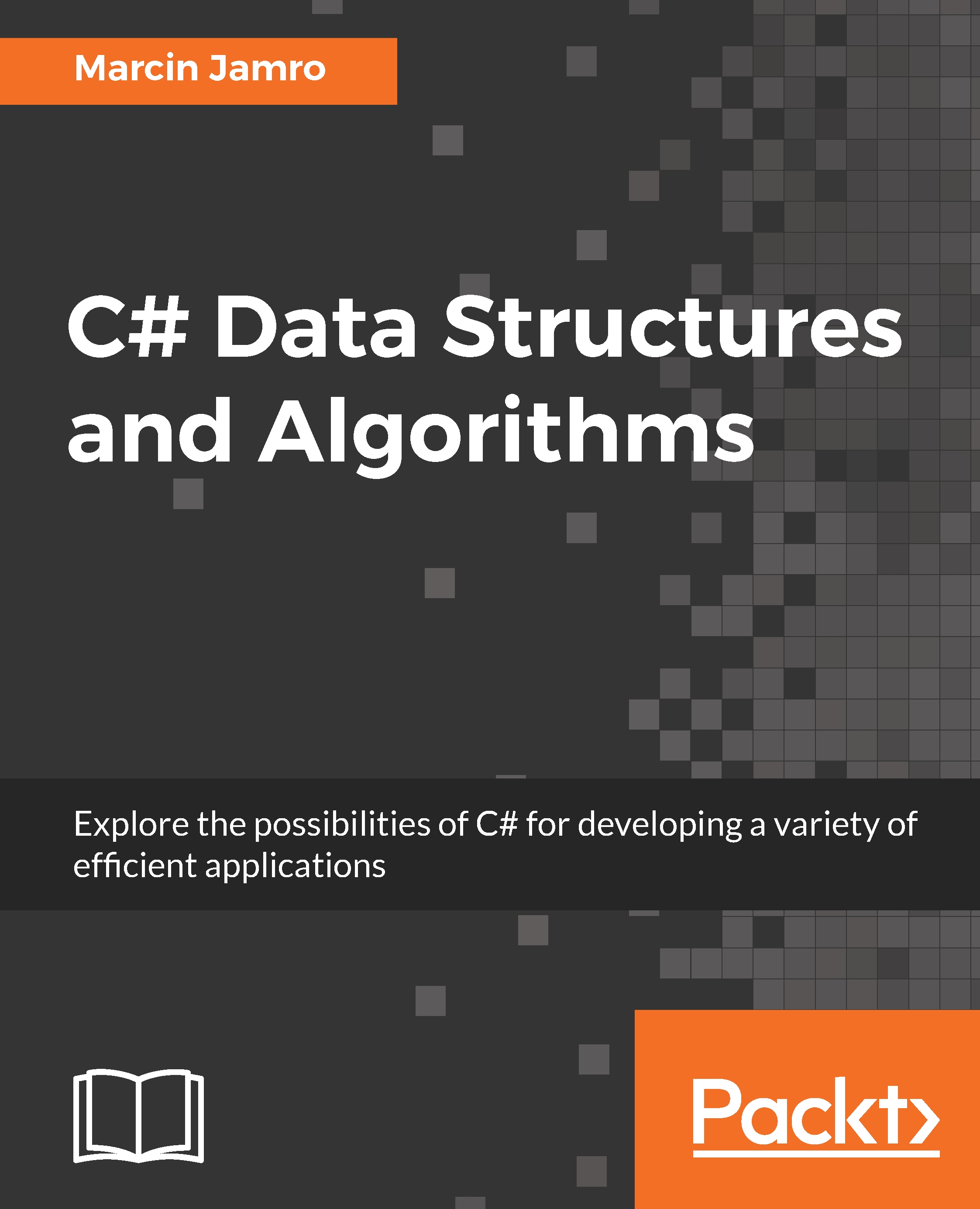Developing applications is certainly something exciting to work on, but it is also challenging, especially if you need to solve some complex problems that involve advanced data structures and algorithms. In such cases, you often need to take care of performance to ensure that the solution will work smoothly on devices with limited resources. Such a task could be really difficult and could require significant knowledge regarding not only the programming language, but also data structures and algorithms.
Did you know that replacing even one data structure with another could cause the performance results to increase hundreds of times? Does it sound impossible? Maybe, but it is true! As an example, I would like to tell you a short story about one of the projects in which I was involved. The aim was to optimize the algorithm of finding connections between blocks on a graphical diagram. Such connections should be automatically recalculated, refreshed, and redrawn as soon as any block has moved in the diagram. Of course, connections cannot go through blocks and cannot overlap other lines, and the number of crossings and direction changes should be limited. Depending on the size and the complexity of the diagram, the performance results differ. However, while conducting tests, we have received results in the range from 1 ms to almost 800 ms for the same test case. What could be the most surprising aspect is that such a huge improvement has been reached mainly by... changing data structures of two sets.
Now, you could ask yourself the obvious question: which data structures should I use in given circumstances and which algorithms could be used to solve some common problems? Unfortunately, the answer is not simple. However, within this book, you will find a lot of information about data structures and algorithms, presented in the context of the C# programming language, with many examples, code snippets, and detailed explanations. Such content could help you to answer the aforementioned questions while developing the next great solutions, which could be used by many people all over the world! Are you ready to start your adventure with data structures and algorithms? If so, let's start!
In this chapter, you will cover the following topics:
- Programming language
- Data types
- Installation and configuration of the IDE
- Creating the project
- Input and output
- Launching and debugging


